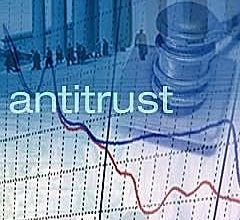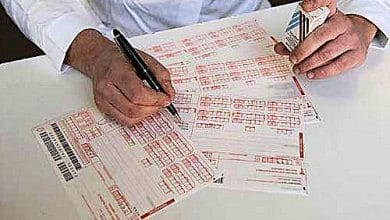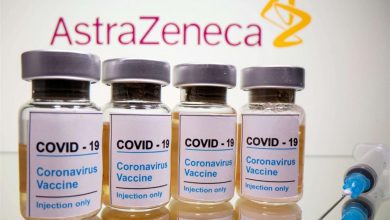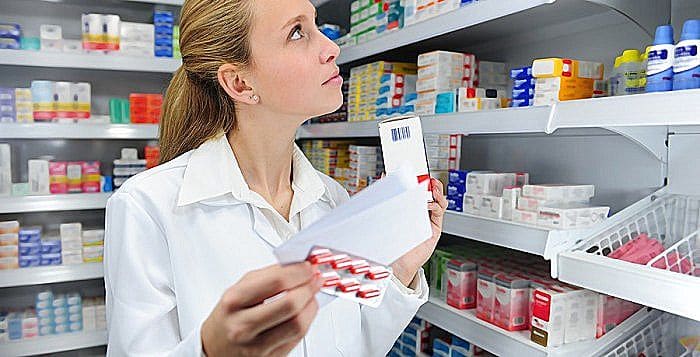
Generic drugs are defined on the basis of the Conversion Law n.425 of 8.8.1996, coordinated text of the Decree Law 20.6.1996 n.323 – GU n.191 of 16.8.1996, as Medicines based on one or more active ingredients , industrially produced, not protected by patent or complementary protection certificate (CPC), identified by the international nonproprietary name of the active ingredient (API), followed by the name of the marketing authorization holder. Furthermore, they are divided into branded generics [or similar specialties] and unbranded generics [active ingredient + manufacturer name].
The Law of 8 August 1996, n. 425 in paragraph 3 of the art. 1 establishes that if the generic is offered at a price that is at least 20 percent lower than that of the corresponding medicinal product already classified in class A, the generic medicinal product obtains from the Single Drug Commission the same classification as said medicinal product.
From 1 December 2001 the new regulation of reimbursement by the National Health Service (NHS) for medicines not covered by a patent came into force.
Pursuant to paragraph 1, art.7 of law 405/2001, medicines not covered by a patent are reimbursed by the NHS up to the lowest price of the corresponding generic drug available in the normal regional distribution cycle.
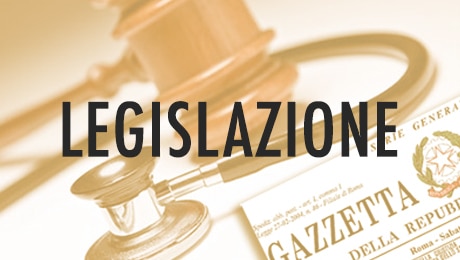 The Law of 8 August 2002, n. 178, art. 9, paragraph 5 establishes the transparency lists, i.e. the list of equivalent medicines available in the distribution circuit of the Italian territory
The Law of 8 August 2002, n. 178, art. 9, paragraph 5 establishes the transparency lists, i.e. the list of equivalent medicines available in the distribution circuit of the Italian territory
These medicines were then redefined as equivalent medicines (Law 149 of 26 July 2005), given that the term "generic" ended up being perceived by the user as similar rather than the same as the reference medicine.
When the patent expires, the prices of branded products drop by 50-60%. Equivalent companies generate an annual national turnover of 3 billion, 37% from exports. There are 10 thousand employees, the 40% employed in production, with 60 active companies (the 44% with Italian capital).
The company that holds the marketing authorization (AIC) of a medicinal product whose patent has expired, or of a medicinal product which has benefited from an expired patent license, may, in the nine months following the date of publication in the OJ of the marketing authorization of the first equivalent medicinal product, reduce the price to the public of one's drug, provided that the difference between the new price and that of the corresponding equivalent medicinal product is greater than 0.50 euro for drugs whose cost is less than or equal to 5 euros, or if they are medicines in single-dose packages; is higher than 1 euro for medicines whose cost is higher than 5 euro and lower than or equal to 10 euro, and higher than 1.50 euro for medicines whose cost is higher than 10 euro.
Starting from 2011, for the supply at the expense of the National Health Service of equivalent medicines placed in class A for reimbursement purposes, AIFA, on the basis of a survey of the prices in force in the countries of the European Union, sets a maximum reimbursement price per package, with the same active ingredient, dosage, pharmaceutical form, release method and dosage unit. The dispensing by pharmacists of medicines having the same characteristics and a higher retail price than the reimbursement price is possible upon payment by the patient of the difference between the sale price and the reimbursement price. (DL n. 78 of 05.31.2010 in Suppl. Ord. n. 114/L , GU n. 125 of 05.31.2010, as converted by Law n. 122 of 07.30.2010).
 However, excessive pressure on prices can create a "competition" risk, i.e. a reduction in the number of companies able to stay on the market and compete. This is not necessarily a negative dynamic, except in cases where competition is excessively reduced and leads to conditions of oligopoly or even monopoly such as to jeopardize the natural competitive mechanisms of the market.
However, excessive pressure on prices can create a "competition" risk, i.e. a reduction in the number of companies able to stay on the market and compete. This is not necessarily a negative dynamic, except in cases where competition is excessively reduced and leads to conditions of oligopoly or even monopoly such as to jeopardize the natural competitive mechanisms of the market.
There is a risk of creating hidden costs. In fact, an excess of pressure on prices which leads companies not to participate in tenders activates a series of dynamics which increases the level of fragmentation of the tenders themselves, such
so for companies, monitoring and technical-administrative charges become a significant cost item, which affects the level of offer prices.
Another critical element in the panorama of hospital tenders is the increase in cases of out-of-stock by companies. For hospitals and contracting stations this means an increase in the risk of interruption of supplies, with consequent organizational, logistical and health problems.
The main causes of this increase can be attributed to various factors. In the first place, there is an objective criticality on the supply side: the contracting companies can encounter various difficulties, which include the interruption of supplies by their sub-suppliers and the overlapping of production peaks.
Secondly, the more the fragmentation of purchasing procedures increases, the more it becomes more difficult for companies to deal with different supply orders.
Added to these is the phenomenon of parallel exports. In summary, for some drug manufacturing companies it may become convenient, in cases where the drugs they supply to Italian healthcare companies are required on international markets at higher prices than the allotment prices, to decide to sell these products abroad rather than meet national supply demands. Thus a parallel market is created which is also increased by pharmacists (also licensed as wholesalers) who prefer to sell abroad by speculating on the price differential.
But probably the most critical element for companies operating in the hospital sector is linked to the well-known issue of hospital payback, i.e. the mechanism according to which companies that supply healthcare and hospital companies are forced, in the event of a specific allocated budget being breached to the same by AIFA, to settle the 50% of the breach.
This mechanism presents a series of critical issues that immediately made its application particularly complex, so much so that it was blocked by the Lazio Regional Administrative Court and placed at the center of a difficult dispute
First, there is an issue of restraint of competition. Assigning predetermined budgets to companies effectively prevents them from expanding their market through competition with other companies, creating a reduction effect in competition and therefore potentially in the savings obtainable from the state, as well as forcing companies into a controlled growth path very weak. It should also be considered that this is not a market that companies can influence in terms of quantities consumed, as companies participate in tenders and the quantities consumed depend on the choices of the healthcare companies. Then there is a second more practice that has contributed to the diffusion of the numerous objections to the payback instrument, i.e. the method of calculating the payback itself. In fact, this is the element on which companies have leveraged the most to block its application.
The methodology for calculating the budgets assigned to the companies has not been shared with the companies themselves, which have found themselves assigned budgets on which they do not agree and with respect to which it is difficult to reconstruct all the steps with methodological robustness.
Related news: Assignment of corporate budgets for the year 2017 (08/08/2018)


